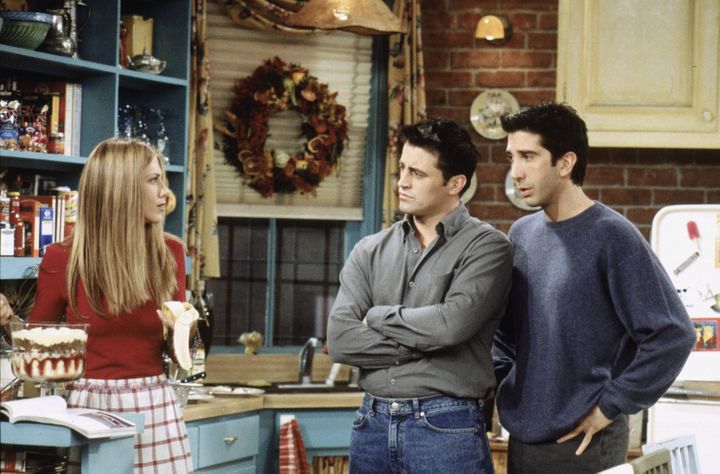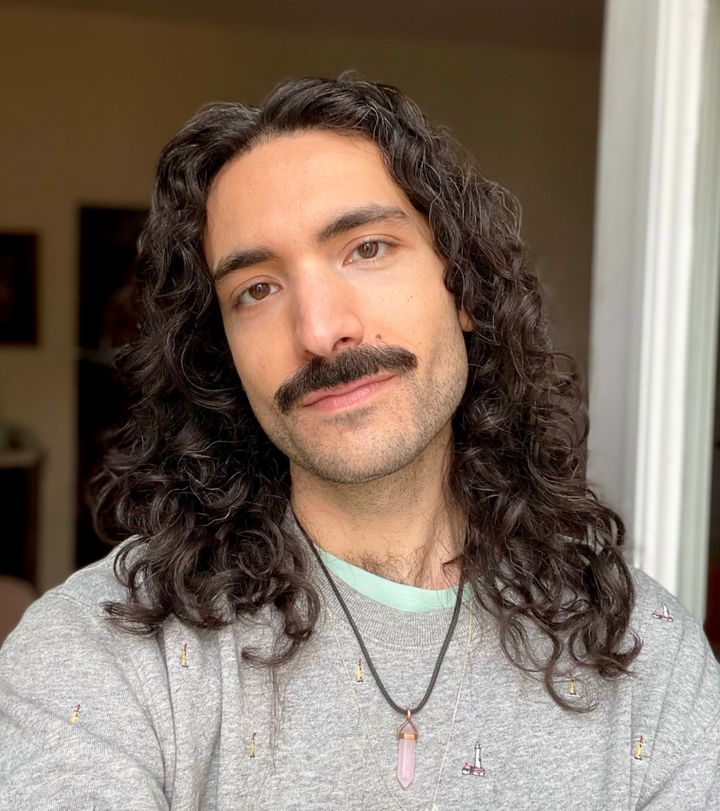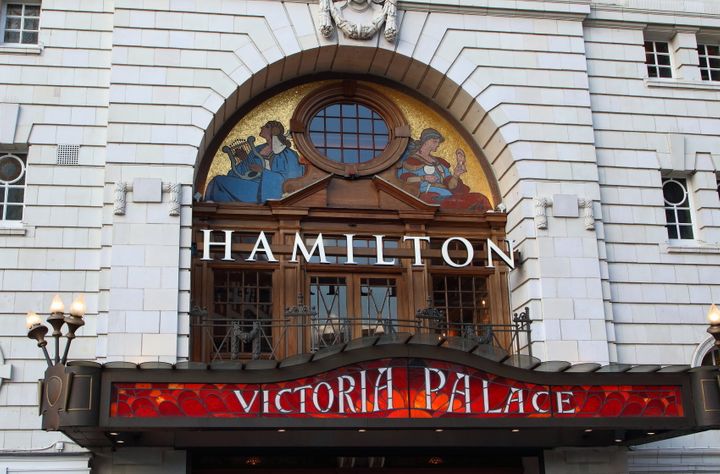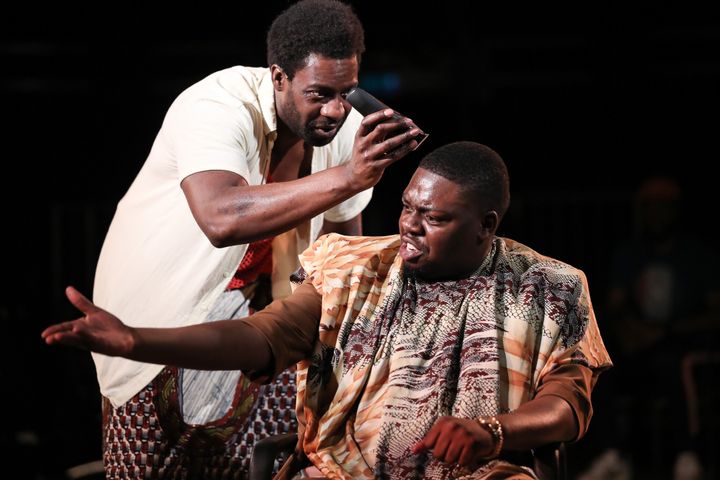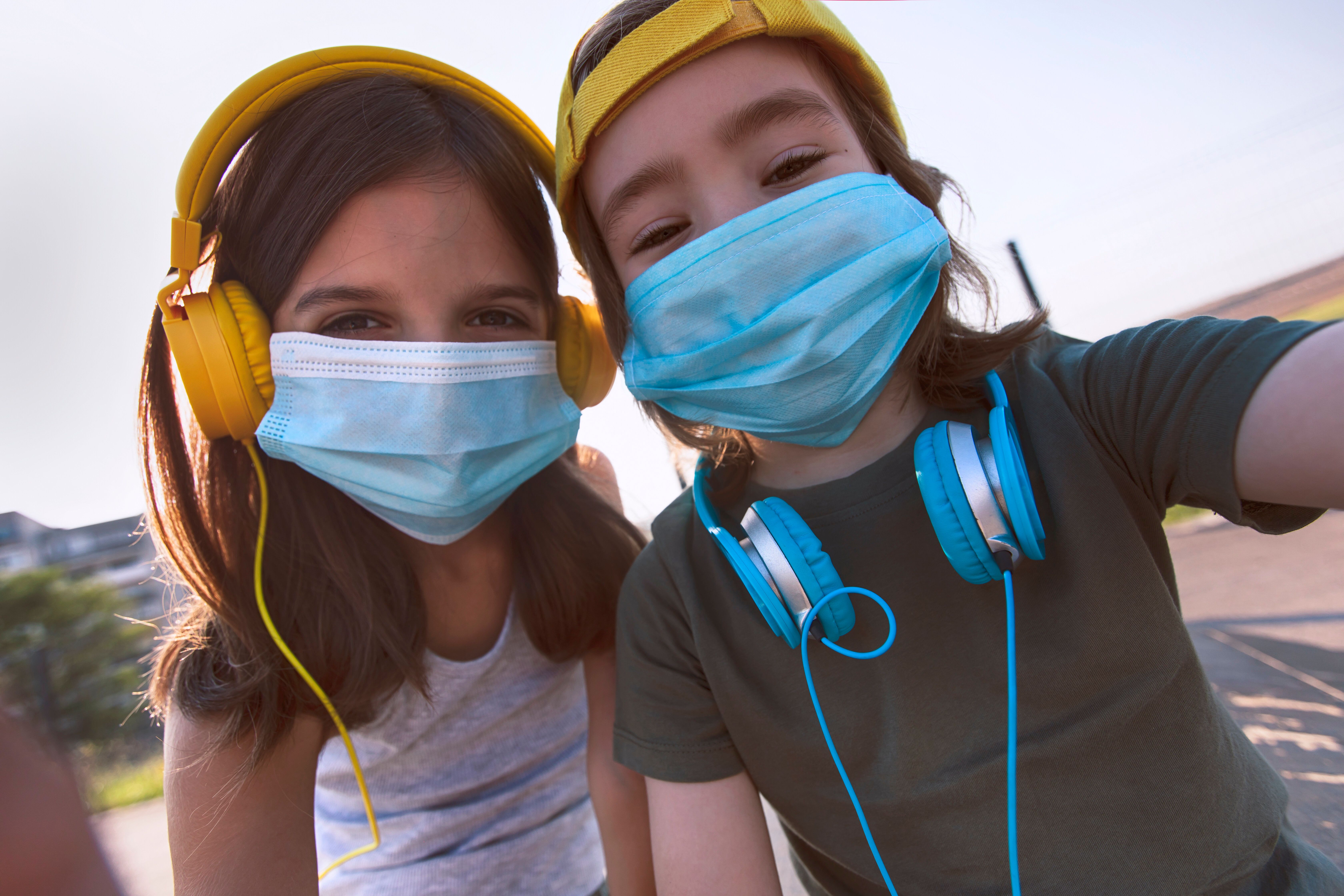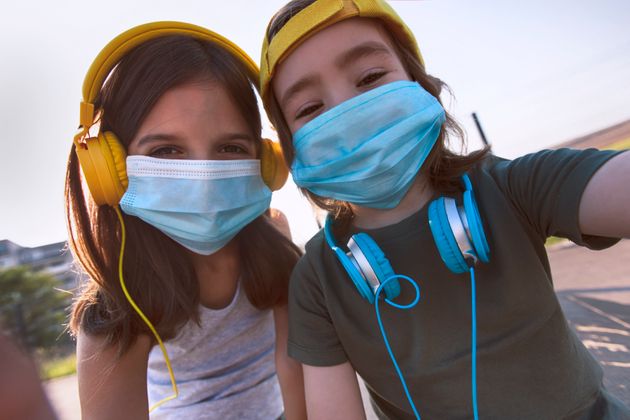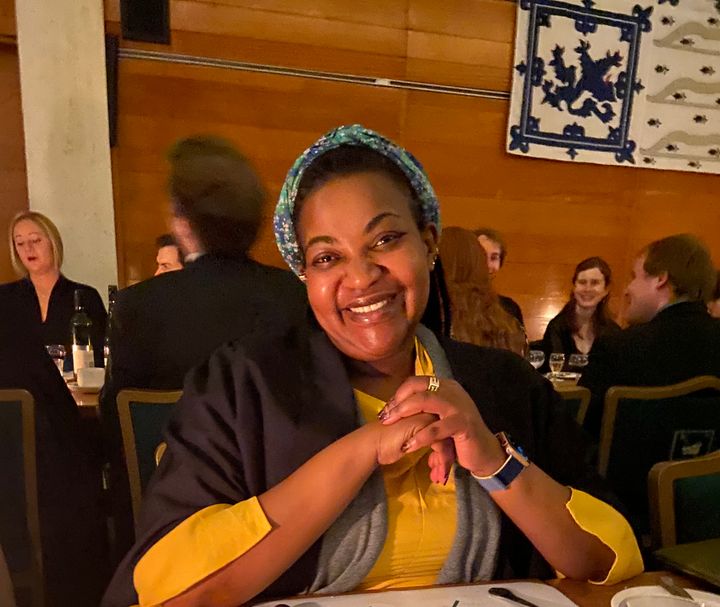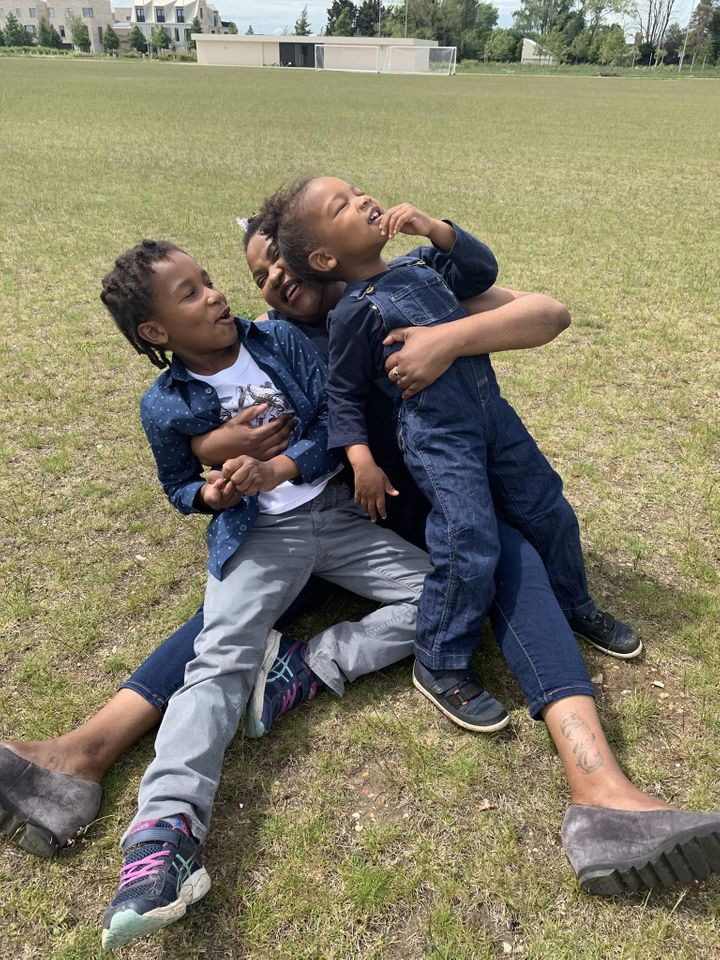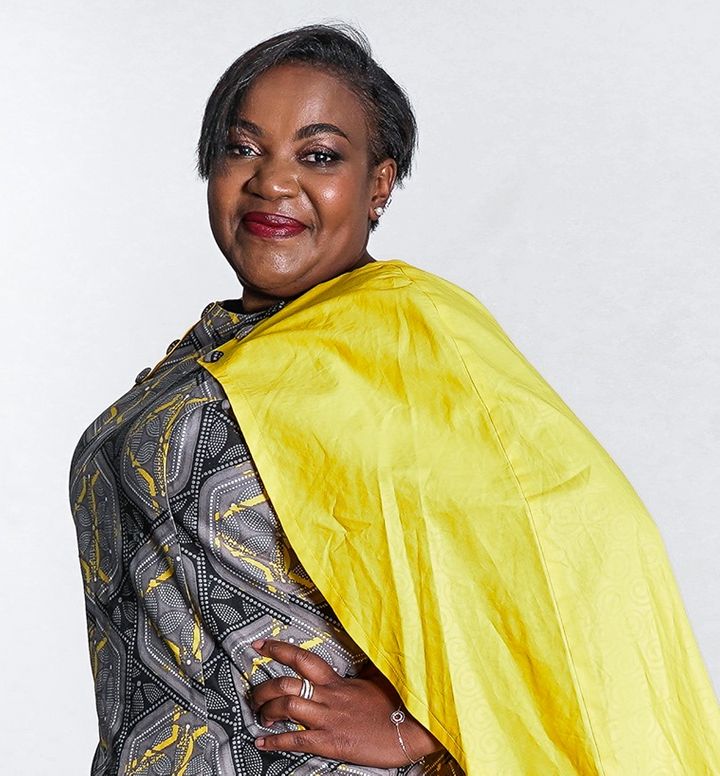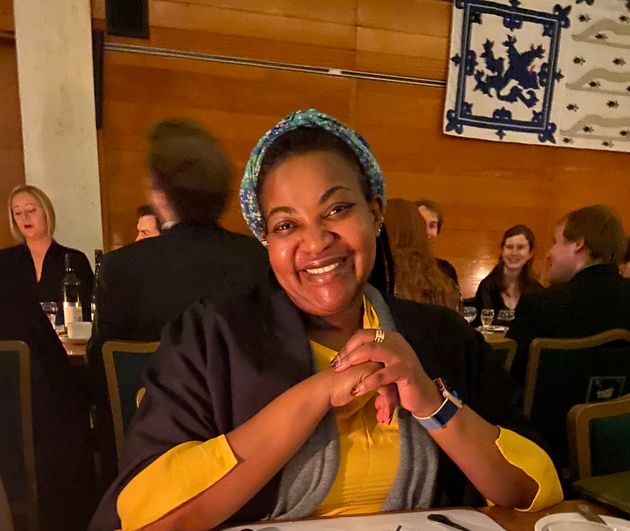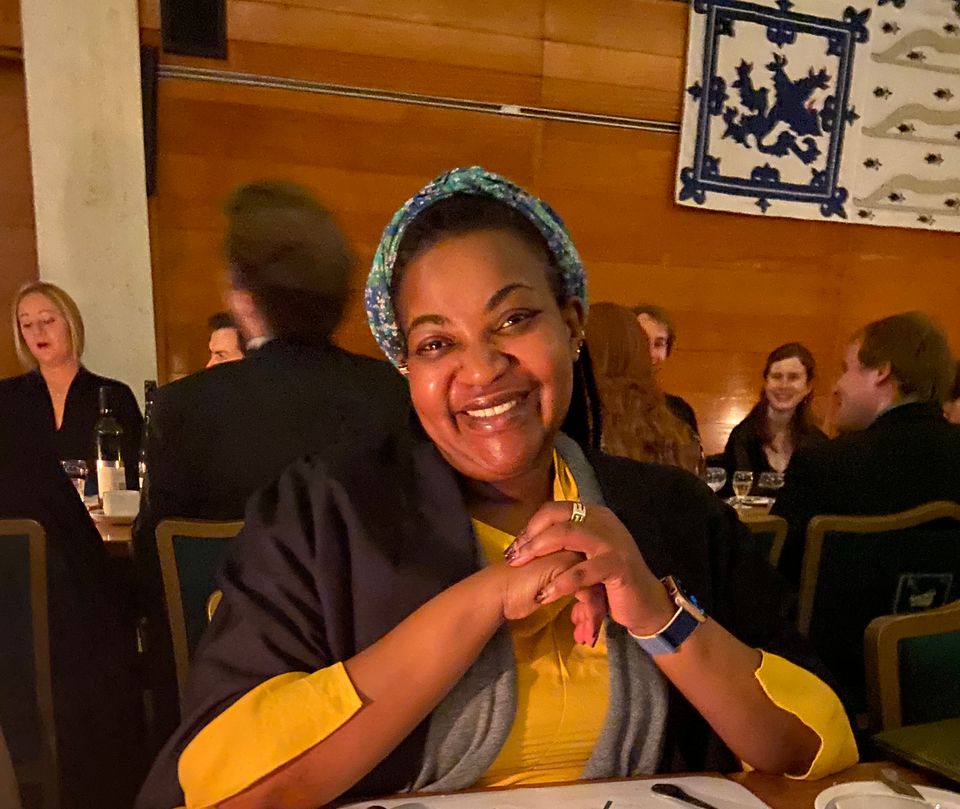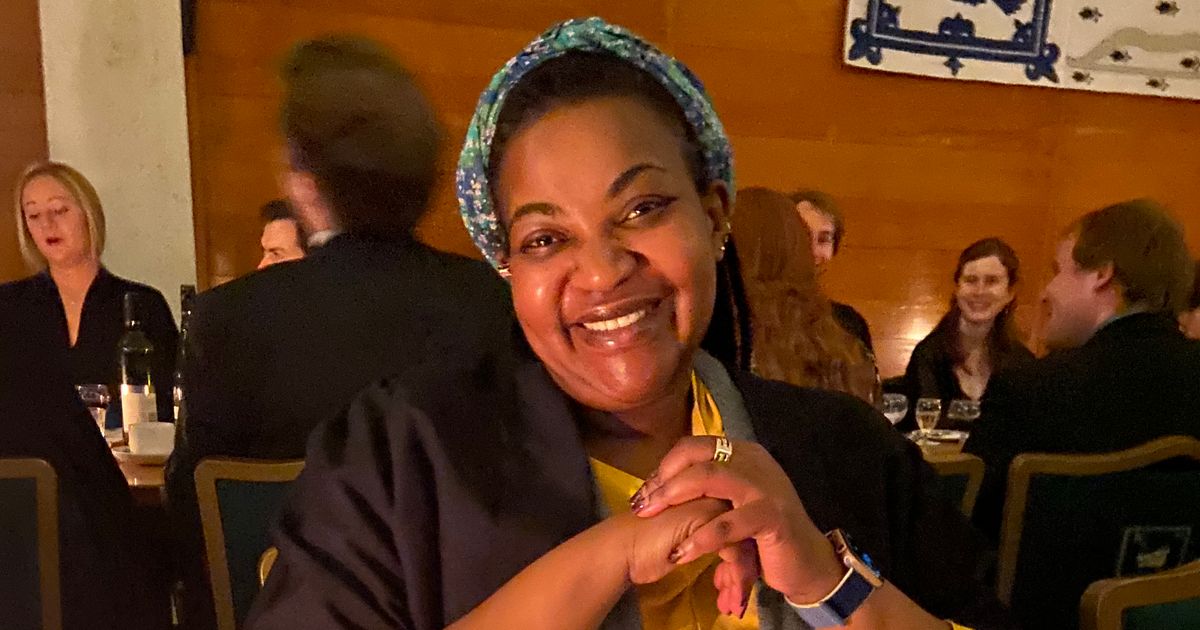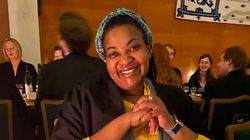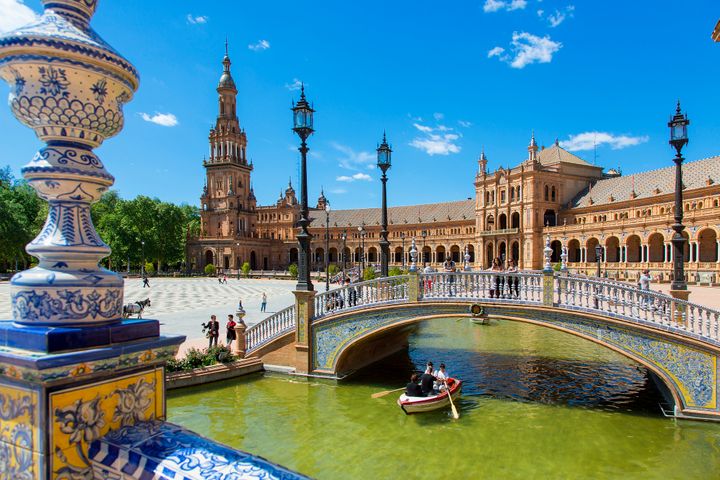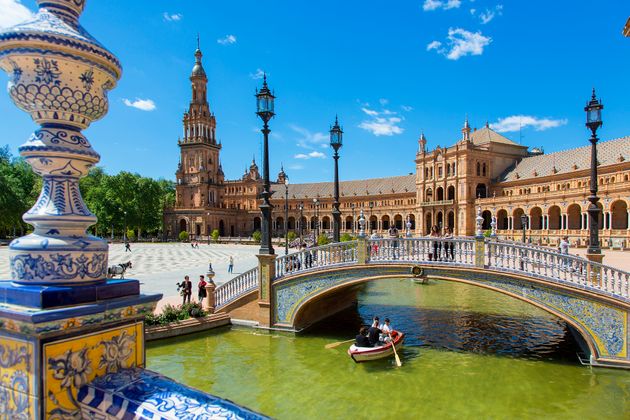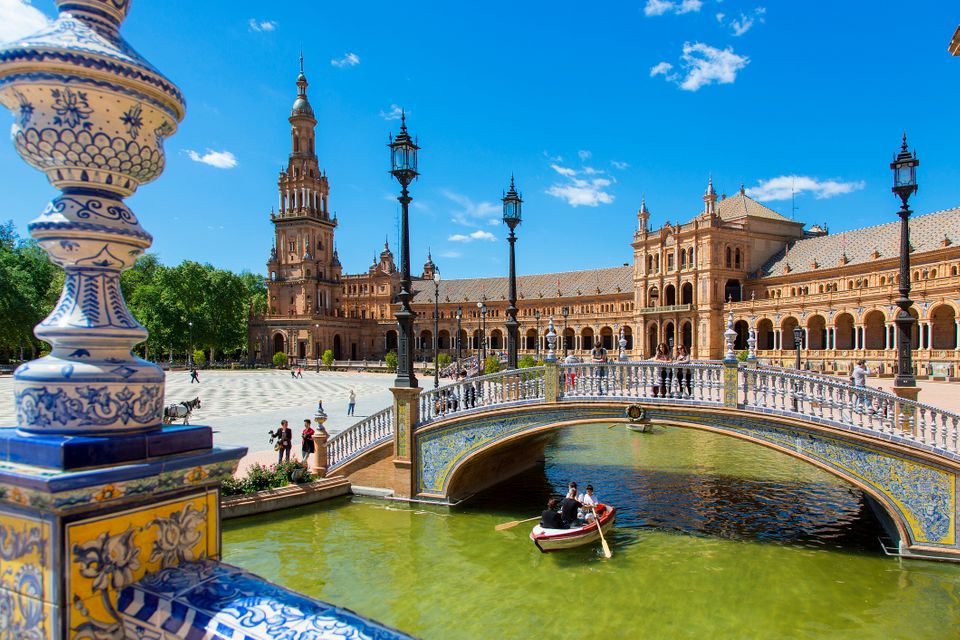When it comes to Christmas, food is the main event. Regardless of how you feel about – or celebrate – the festive season, we can all agree that we look forward to what we’re going to eat on December 25.
For most British families, Christmas dinner tends to be centred around turkey, Yorkshire pudding, gravy and some crispy roasted potatoes. Add or remove sprouts, according to preference!
Advertisement
For many Black Brits though, Christmas dinner looks a little different. Christmas is a chance for us to mix our cultural identities together. Think traditional British Christmas dinner with a Caribbean or African twist.
My Christmas dinner is usually very Congolese. Salt fish (Makiyabu), pondu (Casava leaves) and rice. But British elements on the day include a traditional British breakfast and apple crumble or carrot cake for dessert.
Advertisement
When I asked Black Brits what they eat at Christmas dinner, the responses came pouring in with huge variety! Though fair to say that Jollof rice was a common theme.
Like me, Simone Ziel, a 25-year old masters student from London, is Congolese and says her Christmas meal is a remixed version of a traditional British dinner.
Advertisement
“We always have two or three types of meats – chicken, leg of lamb, beef steak and/or turkey,” she tells me. “It’s typically accompanied by roasted potatoes, roasted carrots and parsnips, Brussel sprouts, pigs in blankets, plantain, Kwanga (Casava flour) and fried or Jollof rice.”
Ziel describes food as a “love language” in her culture. “As a Congolese woman born and bred in the UK, I recognise the importance of food at any form of gathering. I’ve seen this growing up in a Congolese church, at a Matanga [a gathering hosted by someone who has lost a family member] and at parties.”
Food (and drinks) play a key role in Congolese hospitality, she tells me. “During Christmas, in my household, it is important to cook an abundance of food so visitors can take food away, and we can have leftovers to feast upon for the next few days. Food is a love language, and within my culture, it is a crime to let anyone come and leave a home hungry.”
“Food is a love language, and within my culture, it is a crime to let anyone come and leave a home hungry.”
For Tayo Jaiyesimi, 36, a pharmacist and travel blogger at The Five to Nine Traveller, her family’s Christmas meal is also a fusion of her two identities – British and Nigerian – and both dictate what goes on her plate.
Advertisement
“The turkey is the main event,” she says. “Other British items I have are gravy, stuffing rolled into balls, cranberry sauce, pigs in blanket and roasted parsnips. We always have two Nigerian rice dishes – Jollof and fried rice – and an additional meat to the turkey as a supplement.”
Her Christmas meal is elevated by that mix, she says. “How can I not have Jollof rice at Christmas?” she says. “Food is not a bedrock of my cultural identify, but it certainly influences my choices. I will always favour flavoursome food and spices when making choices at restaurants or in my own cooking.”
With Nigerian food, her faves are party Jollof rice with meat, plantain and moi moi (steamed bean pudding). But she also loves a traditional Sunday roast. “I like to rotate the meat of choice – lamb, beef and pork belly,” she says.
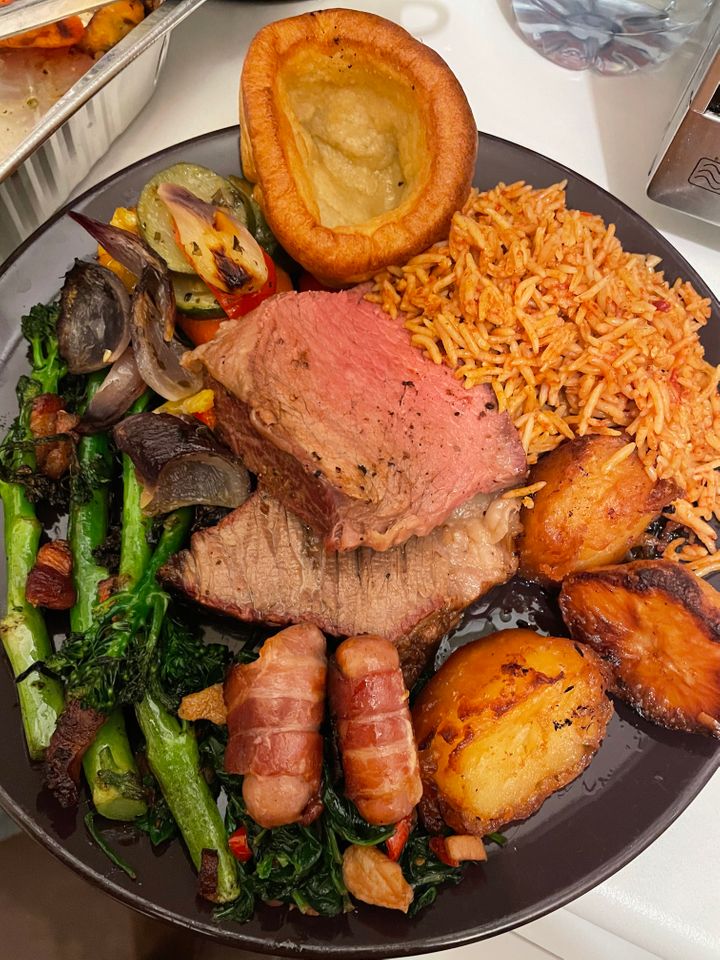
Jason Okundaye
For Tanya Akrofi, a 41-year old writer and oral storyteller from Brixton, Ghanaian food has always been her comfort. Growing up, Akrofi and her family had a traditional British Christmas dinner with a side of Jollof or Ghanaian version of fried rice with turkey, roast potatoes, vegetables.
After her father was labelled “Westernised” by a friend, he insisted on her mum cooking him fufu (fermented cassava) and groundnut soup for Christmas, too. Growing up in the 80s meant it wasn’t easy sourcing Ghanaian food, says Akrofi. But she is so happy to have learned from her mother how to cook.
“If I’ve learned to cook something as well as she does, I cry with pride,” she says. “My husband is white and I love that certain Ghanaian dishes are part of our regular meal cycles. It’s more than just memories for me, it’s a part of who I am.”
Esso, a 25-year old musician from London, says his Christmas meal is also a mix. “We do the traditional British Christmas staples so roast potatoes, stuffing, roast veg, pigs in blanket, whatever bird we’re feeling that year, then throw in Jollof rice, fried rice, plantain. Having the choice of mixing it up is the key.”
Originally from Nigeria, food is more than just physical sustenance. “Being born and raised over here, food is one of the easiest ways to connect with your roots and can open up different conversations about culture and identity,” he says.
When it comes to British food, he has a clear favourite. “English breakfast is top tier,” he says. “Minus the eggs, mushrooms, black pudding. I also love fish and chips drowned in salt and vinegar.” But he’s a sucker for Nigerian food. “If I could only eat three traditional dishes for the rest of my life it would be Jollof rice, Gizdodo (Gizard and Plaintain) and eba with ogbono soup.”
As a Jamaican, Terrel Douglas, a 26-year old paralegal from London, says it’s vital to have Jamaican delicacies on his family’s Christmas menu such as curry goat and/or oxtail, rice and peas, peppe prawns, and Jamaican style coleslaw.
Advertisement
“We also have British food alongside this – roast potatoes, vegetables and Turkey – but all cooked with a Caribbean herbs and spices. “I love that we use mostly fresh ingredients and that our seasonings add to the vibrant flavours.”
And to round it all off? “We’ll have Jamaican Christmas rum cake made by my granny and Christmas drinks such as Guinness punch and Sorrel,” he adds.
I think we can all cheers to that – and a very merry Christmas to you all!




